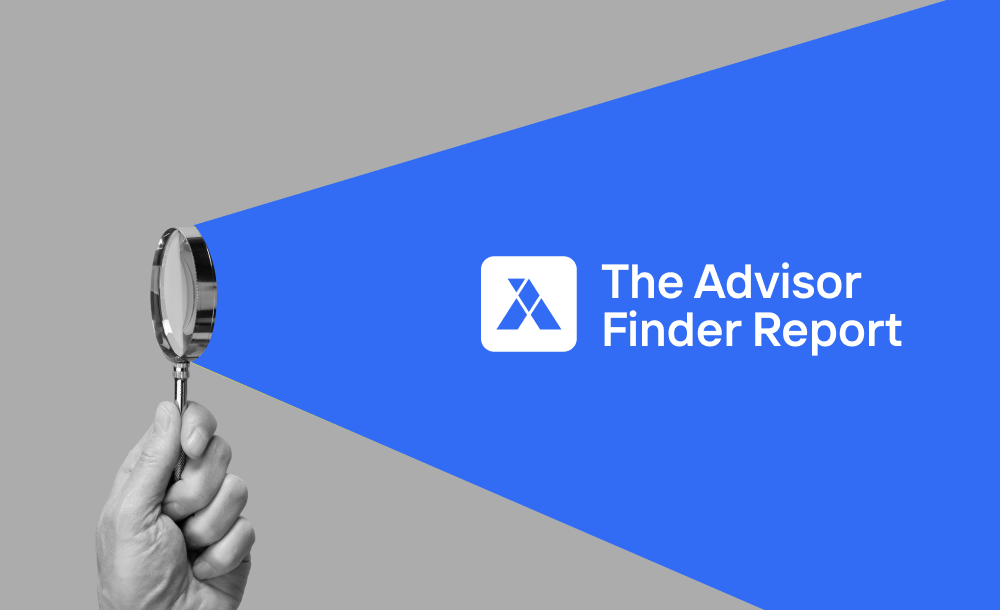
The Advisor Finder Report: Q4 2024
Welcome to the Q4 2024 issue of The Advisor Finder Report, a quarterly publication that surfaces the activity occurring on…
Tags
M&A markets have been “frenzied” of late as more and more companies have sought to grow through acquisition in the first half of 2015. With an influx of baby boomers selling their companies, interest rates staying low, and corporate balance sheets flush, it’s not surprising that we’ve seen such a flurry of activity. Now is a great time to both identify and finance an acquisition.
However, for some companies, especially those already growing organically, concerns about having sufficient cash on hand can prevent them from exploring potentially beneficial acquisitions. You don’t necessarily need a lot of cash on your balance sheet to buy another business, though. Below is a look at three ways acquisitions can be made with minimal cash.
Stock Swap
Stock swaps, in essence, involve using the stock of the acquiring company as currency with which to pay for the stock of the company being acquired. This means that rather than pay for an acquisition with cash, a CEO can instead cover the purchase of another business with his equity. When agreeing to a stock swap, the sellers assume partial ownership in the new entity as compensation for their company.
The obvious advantage to a stock swap (and the reason why it’s included in this article) is that it offers an option for executing an acquisition with no cash outlay. This preserves reserves that can be applied to any number of later initiatives, integration chief among them. Many CEOs forget to budget for integration when considering the cost of an acquisition, but ensuring that all systems, processes, and cultural idiosyncrasies meld well together can be expensive.
Stock swaps offer other advantages as well. For instance, your integration spending is likely to be optimized when the selling owner has a stake in ensuring the process goes well. However, stock swaps also have their drawbacks. For one, acquiring CEOs must be prepared to dilute their equity stakes and add new stakeholders to the group they already answer to. Additionally, stock swaps require precise valuations on a per-share basis to produce a fair exchange. CEOs who’d like to complete an acquisition with a stock swap should hire an investment banker or M&A advisor to manage the financial nuances of the deal.
Payment Plan
As with other large purchases, like buying a home or car, payment plans are used in M&A to spread the costs of an acquisition out over time. Plans typically involve down payments upon close, followed 30 days later by subsequent monthly payments, with interest. While interest rates, down payment amounts, and other details should be expected to align with industry standards, given that the seller herself will offer the plan, such points are often negotiable.
Payment plans mitigate upfront costs, but they leave CEOs paying more for acquisitions in the long-run than they might like to. In addition, given that payment plans function effectively as loans being issued by sellers, it’s worth noting that the seller will typically hold the assets of the business they’re selling as collateral against the loan. Defaulting on debt is never a good idea, but it can be especially detrimental when it implies a recall of assets you’ve had to spend time and resources integrating into your day-to-day operations.
Leveraged Buyout (LBO)
LBOs are notorious for the less-than-friendly circumstances in which they’ve been used on Wall Street in the past. However, in spite of their reputations, LBOs function as effective alternatives to cash-heavy financing options when completing an acquisition.
A leveraged buyout is simply an acquisition financed almost entirely by debt. That debt is usually collateralized in large part by the assets of the company being acquired, and the interest payments due on it will in most cases go on to be paid by the cash flows generated from the acquired company. Since having to count on an acquired company’s cash flow can diminish its short-term strategic potential, LBOs are more often associated with purchases by private equity firms than with those made by corporate acquirers.
Nevertheless, LBOs do carry advantages for corporations. In addition to enabling acquisitions that might not otherwise be possible, the debt burden imposed by an LBO might force your executive team to focus right away on generating cash post-acquisition. Cost-cutting and new revenue generation suddenly become far more urgent when you know large interest payments are due every month. In many cases, this helps teams prioritize integration initiatives and drive an acquisition’s short-term impact.
Regardless of how much cash your company is carrying, as a CEO, you should consider acquisitions an option when looking to accelerate growth and expansion. Stock swaps, payment plans, and LBOs are all financing options with flexibility that demand little-to-no cash commitment on your part and grant you access to a wider variety of potential targets. While each carries its own risks, those pale in comparison to the future rewards that the right acquisition can bring your business.
